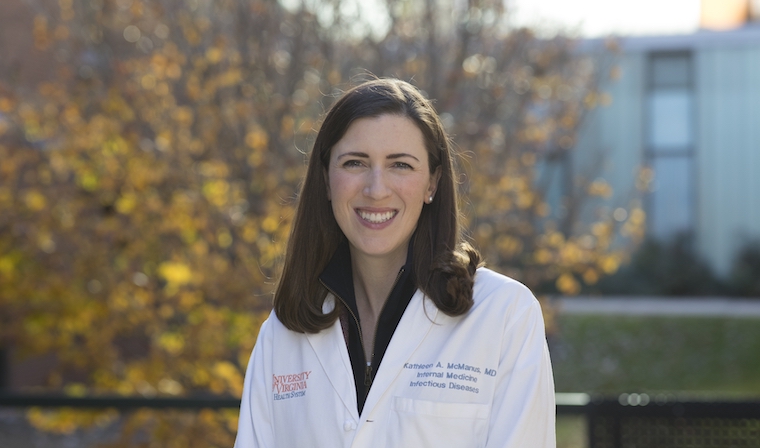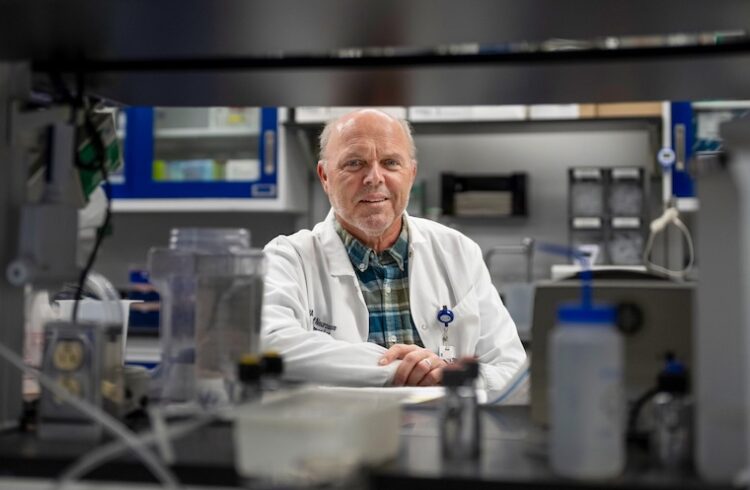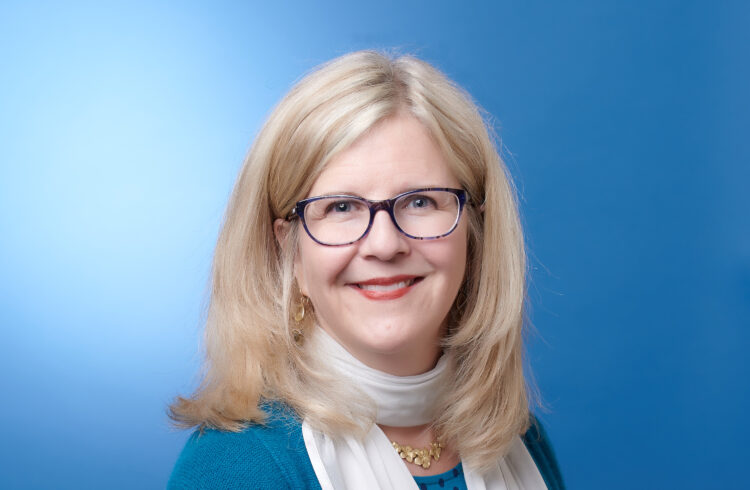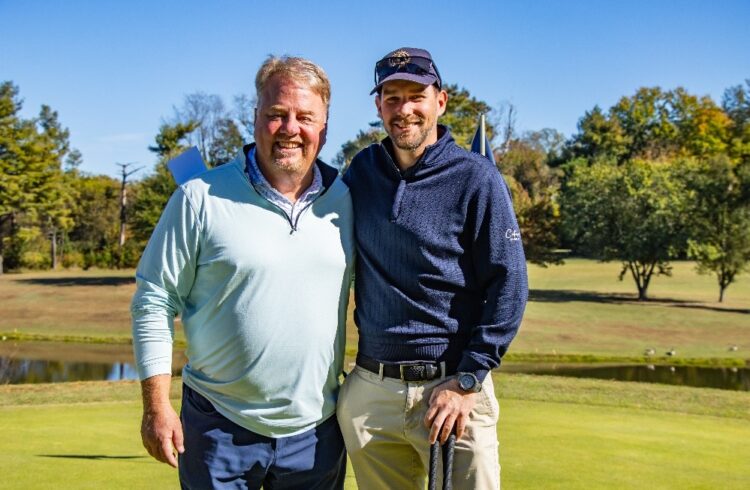
Researcher Kathleen A. McManus, MD, and her collaborators have identified striking disparities in access to clinical trials for COVID-19.
Three-quarters of rural Americans live more than an hour from the nearest site testing new treatments for COVID-19, research from the University of Virginia School of Medicine reveals. Overall, almost a third of Americans would have to travel more than 60 minutes to access new therapies as they are being tested.
This geographic disparity limits access to COVID-19 clinical trials in many parts of the country that are being hit hardest by the latest wave of the pandemic. Native Americans and Alaska Natives are particularly affected, with more than 50% living more than 60 minutes from a trial site.
Who Gets Access to COVID-19 Trials?
UVA researcher Kathleeen A. McManus, MD, and her collaborators examined COVID-19 trials across the country in the first eight months of the pandemic and found, as they expected, that the trials were concentrated around major cities. In total, they identified 310 clinical trials with 2,095 sites. The researchers were then able to calculate average drive times for potential participants, determining that 31.3% of U.S. residents live more than an hour from their closest site.
This geographic disparity was most severe for Native Americans and Alaska Natives. Of those groups, 56.3% live more than 60 minutes from a trial site.
Seniors over age 65, one of the groups most at risk for severe COVID-19, also lack access. On average, 33.7% face more than an hour drive to join a trial of a promising new treatment.
Black and Hispanic people fared better in terms of clinical trial proximity. Among Hispanic people, 18.5% face more than an hour drive. Among Black people, that number falls to only 10.7%. But despite the proximity – and despite disproportionate hospitalization rates for COVID-19 – those groups were significantly underrepresented in clinical trials.
“The underrepresentation of Black and Hispanic people in COVID-19 therapeutic trials is striking given their relative geographic proximity to trial sites and disproportionate hospitalization rates. Both suggest greater opportunity for recruitment,” said McManus, of UVA’s Division of Infectious Diseases and International Health. “Innovations like decentralized, Internet-based clinical trials may help mitigate geographic inequities.”
One example of this: A trial of a potential treatment based on a discovery from UVA’s Alban Gaultier, PhD, has been tested online, with eligible participants around the country able to have the drug, fluvoxamine, mailed to their homes.
McManus, however, cautioned that additional steps likely will be necessary to ensure equity in trial access. “Geographic accessibility alone may not improve the representation of people of different race/ethnicity groups,” she said. “Additional structural interventions need to be considered.”
Findings Published
The researchers have published their findings in the Journal of General Internal Medicine. The research team consisted of Rohan Khazanchi, Samuel D. Powers, Elizabeth T. Rogawski McQuade and McManus.
McManus disclosed that she has received research funding from and owns stock in Gilead Sciences Inc., a biopharmaceutical company. She has also received grants from the National Institutes of Health’s National Institute of Allergy and Infectious Diseases.
The research was supported by the UVA Global Infectious Disease Institute.To keep up with the latest medical research news from UVA, subscribe to the Making of Medicine blog.



